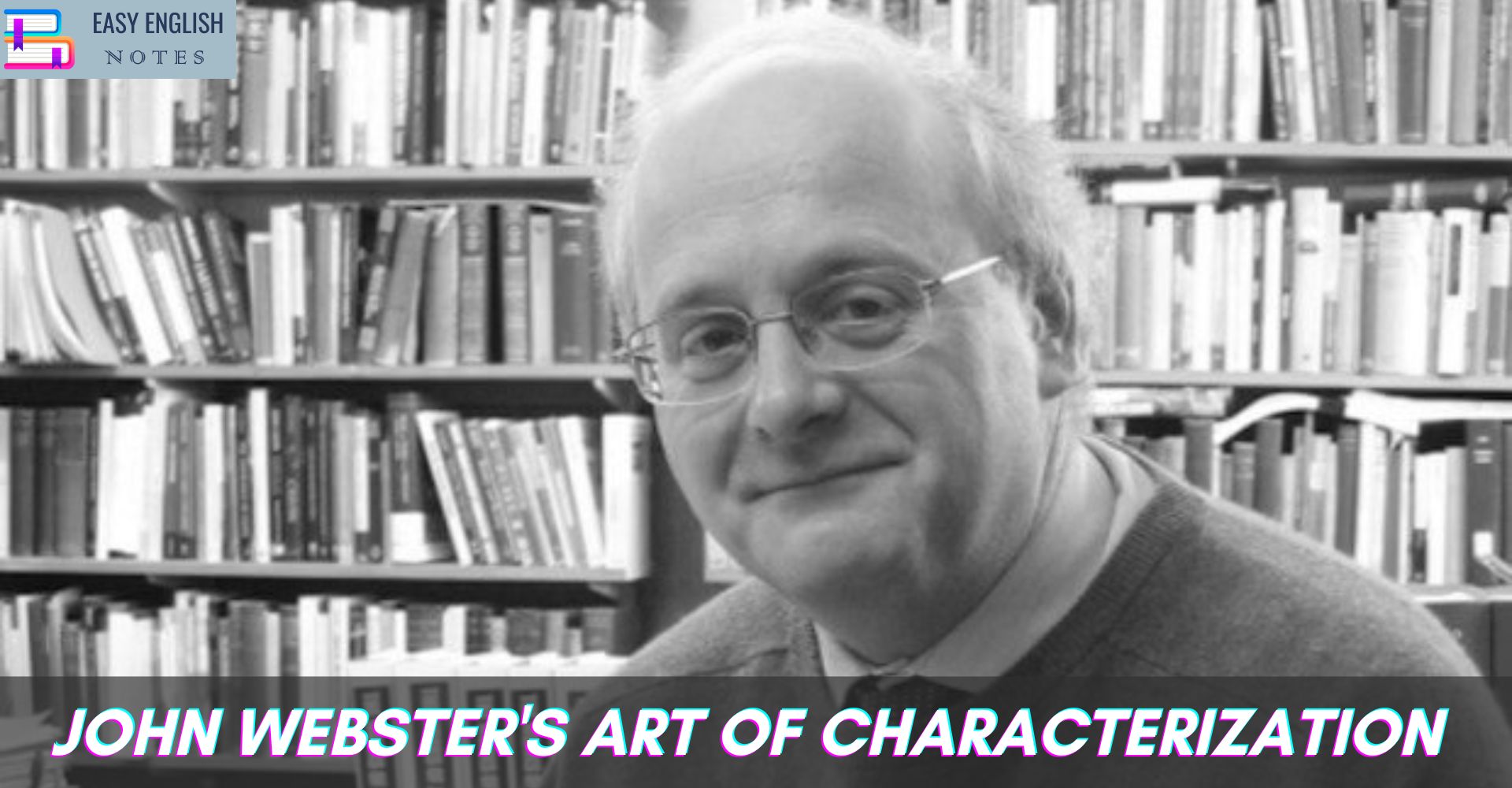Webster is the greatest figure among Jacobean dramatists. His greatness is fully brought out by the fact that he is usually bracketed with Shakespeare. To have invited comparison with the Bard of Avon is in itself a sign of great merit. He has left behind him a number of plays and he collaborated with contemporary dramatists in many others, but his other creations are already dead and forgotten. He tried his hand at comedy but could not succeed as his genius was essentially tragic. Saintsbury says, “Of cheerfulness Webster himself knows nothing, his comedy whenever he attempts it, is forced guffaw, his passion of love, though powerful, has nothing bright or ethereal about it, but shares the luridness of his other motives, and he is most at home in the horror almost unmitigated.” He lives today by virtue of his The White Devil and The Duchess of malfi which are the greatest of the post Shakespearean tragedies. They are immortal works and they will be read and enjoyed as long as English language lasts.
Literature mirrors the age and this is more so in the case with drama which has to take into account the tastes and attitudes of the audiences. The age Webster was an age in which the old values, ideals and beliefs were breaking down and had not yet been replaced by new ones. Thus there was a conflict between the old and the new, and melancholy and pessimism are the natural consequences of such a conflict and loss of faith. Webster was literally a man caught between “two worlds” and he shares the pessimism and gloom and melancholy of his age. Though the “stars may shine” now and then, there might be occasional flashes of light, but on the whole the atmosphere of his tragedies is morbid, it is one of unrelieved darkness and gloom. In The Duchess of Malfi Bosola again and again voices the dramatist’s pessimism in such remarks as the following:
- “Our bodies are weaker than those paper-prisons boys used to keep flies in more contemptible since ours is to preserve earth worms.”.
- “O, this gloomy world! In what a shadow, or deep pit of darkness, doth womanish and fearful mankind live.”
- “We are merely the star’s tennis balls, struck and handed which way please them.”
Also Read :
- Compare Hamlet with Macbeth, Othello and other Tragedies
- A Short Note On The Use Of Imagery In Shakespeare’s Sonnets
- Prologue to Canterbury Tales – (Short Ques & Ans)
The dramatist’s pre-occupation with the morbid and macabre is seen in his fondness for scenes of bloodshed and violence. It is to a world of corruption, dishonesty, greed, cruelty and bloodshed that we are introduced. Fortunes of the most horrible kind are practiced, murders are frequent and the stage is literally littered with dead bodies. The good and the evil alike perish in the general configuration. The presentation of a Deadman’s hand, the showing of wax figures of people, as if they were dead, the letting loose of madmen, the introduction of the executioner with all the apparatus of death, the strangling of innocent and helpless victims on the stage, all reflect the preoccupation of the dramatist with the macabre and the morbid.
There was chaos and conflict in the thought of his generation. The old values and beliefs had lost their validity, and bewildered and at bay men searched new answers and solutions to the problems of life and death. Man’s profoundest beliefs, his knowledge of God and the life of the soul in the other world, were being questioned. Webster brings passionate curiosity to a consideration of these questions, and it is for this reason that he, “concentrates upon the moments of high crisis and suffering, most of all upon the moment of death. He brings his characters to the verge of death and holds them there, suspended, subject to his questioning.” (Una-Ellis Fermor) He hovers, brooding, over his characters at the moment of death, curious to know what they think of death and of the life after death. As faith has been shaken, the future is uncertain, and most varied answers are returned by his characters.
PLEASE HELP ME TO REACH 1000 SUBSCRIBER ON MY COOKING YT CHANNEL (CLICK HERE)











